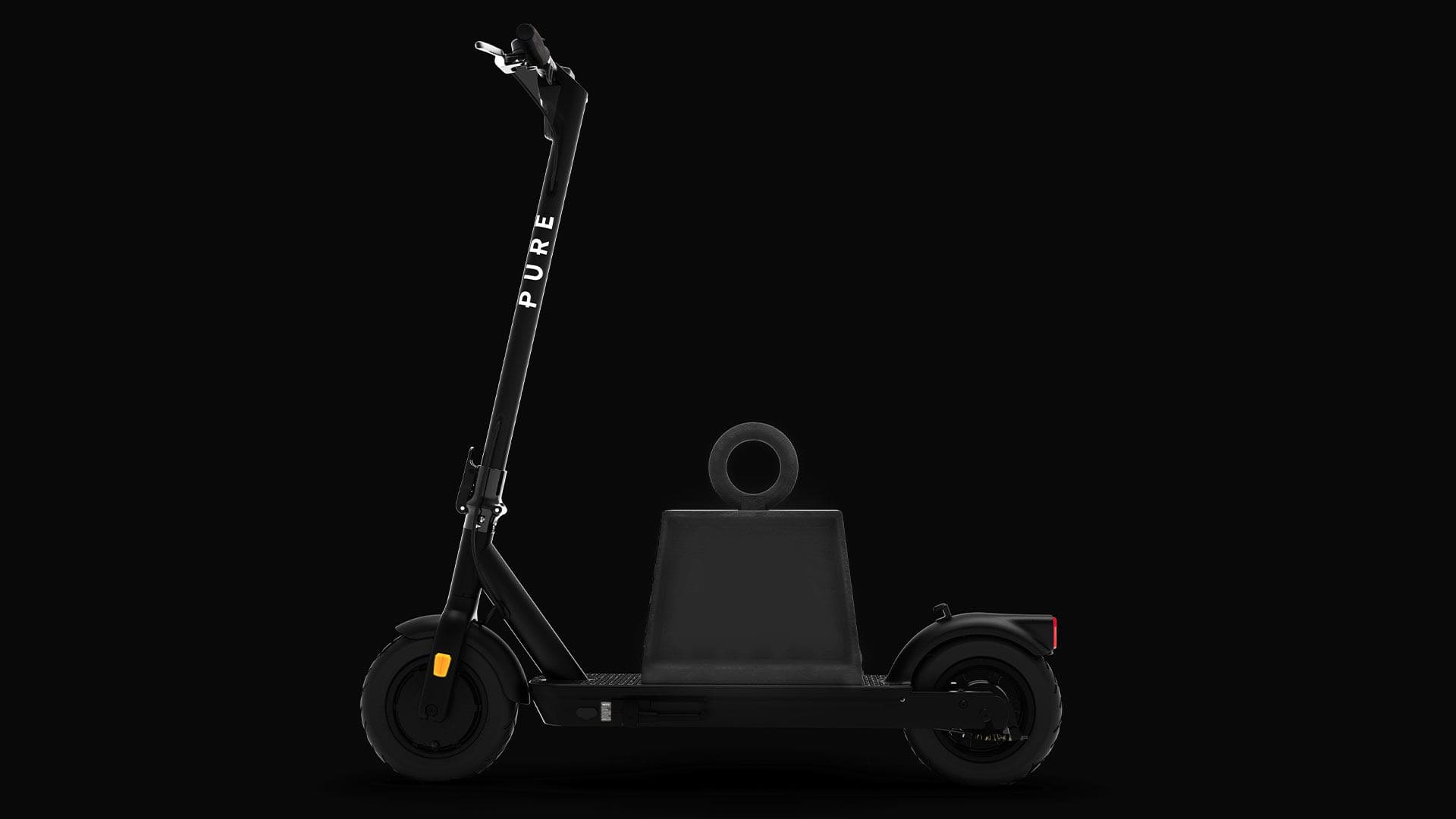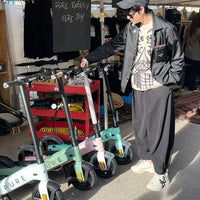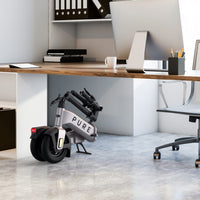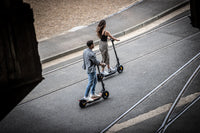
Electric scooter maximum loads: is there more to it than just your weight?
When it comes to buying a new e-scooter, maximum load capacities are a feature that many don’t worry about too much. After all, if an e-scooter can carry you within its recommended limits, then why concern yourself with it any further? Or is there more to it?
Of course, the heavier rider naturally benefits from a larger maximum load capacity, but e-scooters with greater load capacities aren't just for heavier riders; everyone can benefit from this underrated feature. Here’s how!
- Greater flexibility/usability
Even if you don’t trouble the maximum carrying capacity of an e-scooter on your own, there’s a good chance that your luggage may tip the scales. Although a light backpack may only weigh a few kilos, a larger fully-laden pack can weigh anywhere up to 20kg in extreme cases.
As a result, if you’re a 90kg male and are wearing a 20kg backpack, you’re going to need an e-scooter that can carry up to 110kg, rather than the 100kg limit many leading brands guarantee their e-scooters for.
Top tip: when you need to carry luggage on an e-scooter, don't hang items from the handlebars. Doing so reduces control of an e-scooter, while it’s also very likely to invalidate your warranty.
- Improved durability
Maximum carrying capacities are also a good indicator of build quality and structural durability. A greater carrying capacity makes for a stronger, potentially more reliable e-scooter.
Although there are several factors that contribute to reliability, a more durable chassis design means that you are more likely to be able to enjoy using your e-scooter for longer. This maximises the long-term value of your investment in your chosen device, while its more likely to be able to deal with heavier impacts over its lifetime.
- Higher specification motors
An e-scooter’s maximum carrying capacity isn’t just about structural strength – it also works hand-in-hand with motor power. In effect, there are times when a higher maximum carrying capacity can also mean that a higher specification motor has been installed.
If an e-scooter needs to transport a heavier load, then it needs the power alongside the physical strength to do this efficiently. At the same time, e-scooter manufacturers recognise that motors are put under more stress with the heavier loads that they need to be able to carry, so fitting hardier, sometimes more powerful motors is a logical improvement to make.
- More stable, safer ride
In the vast majority of cases, the added strength in chassis design tends to add a small amount of weight to the e-scooter itself. However, that weight can actually make an e-scooter more stable, especially when the going gets a little rougher.
By introducing a slightly heavier, stronger chassis design, typical obstacles like low kerbs, lumps and bumps and even gravel become easier to negotiate, thanks to the e-scooter’s improved ability to ‘ride’ them. They unsettle a stronger e-scooter less, resulting in a more stable, predictable and ultimately safer ride.
- Safeguarding your warranty
Although you never want anything to go wrong with your e-scooter, a warranty can give real assurance that should anything happen, then you’ll be covered by it for repair of any defects and faults. This is great, although it’s really important to make sure that you stick within your e-scooter’s recommended maximum carrying capacity.
If you don’t, you could risk voiding the warranty if you end up needing a repair, especially if the e-scooter shows signs that it could have been ridden with a load that it wasn’t designed for. As a result, we always recommend giving yourself some leeway when it comes to maximum loads, ensuring that you’re covered with a bit of capacity in reserve.
And, if you’re looking for an e-scooter that features a high 120kg maximum load capacity and all the benefits therein, why not check out the Pure Air Pro?






